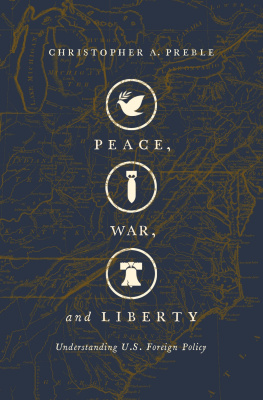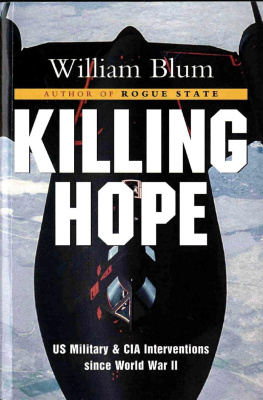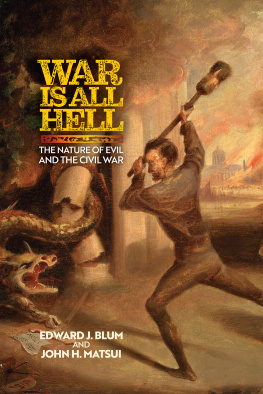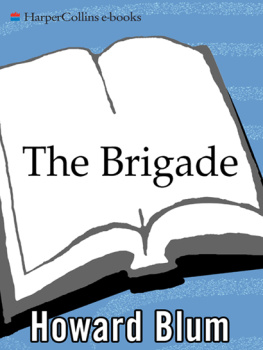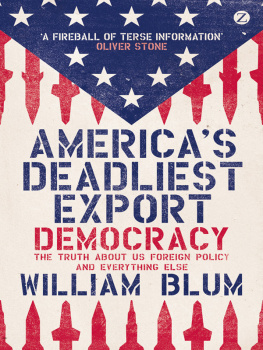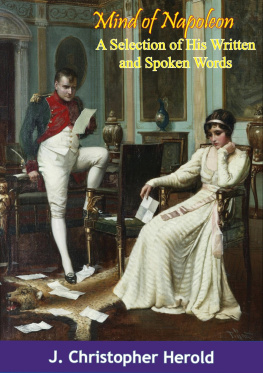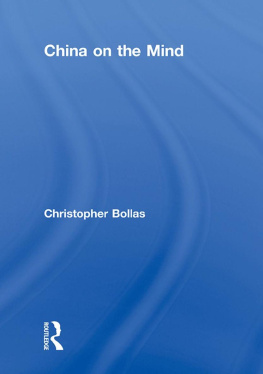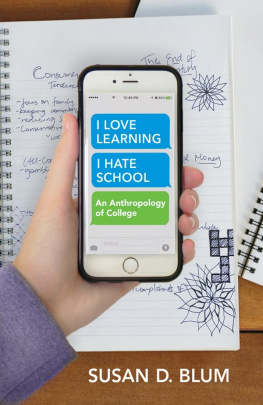Christopher Blum - A Mind at Peace
Here you can read online Christopher Blum - A Mind at Peace full text of the book (entire story) in english for free. Download pdf and epub, get meaning, cover and reviews about this ebook. year: 2017, publisher: Sophia Institute Press, genre: Religion. Description of the work, (preface) as well as reviews are available. Best literature library LitArk.com created for fans of good reading and offers a wide selection of genres:
Romance novel
Science fiction
Adventure
Detective
Science
History
Home and family
Prose
Art
Politics
Computer
Non-fiction
Religion
Business
Children
Humor
Choose a favorite category and find really read worthwhile books. Enjoy immersion in the world of imagination, feel the emotions of the characters or learn something new for yourself, make an fascinating discovery.
- Book:A Mind at Peace
- Author:
- Publisher:Sophia Institute Press
- Genre:
- Year:2017
- Rating:5 / 5
- Favourites:Add to favourites
- Your mark:
- 100
- 1
- 2
- 3
- 4
- 5
A Mind at Peace: summary, description and annotation
We offer to read an annotation, description, summary or preface (depends on what the author of the book "A Mind at Peace" wrote himself). If you haven't found the necessary information about the book — write in the comments, we will try to find it.
A Mind at Peace — read online for free the complete book (whole text) full work
Below is the text of the book, divided by pages. System saving the place of the last page read, allows you to conveniently read the book "A Mind at Peace" online for free, without having to search again every time where you left off. Put a bookmark, and you can go to the page where you finished reading at any time.
Font size:
Interval:
Bookmark:
Christopher O. Blum and Joshua P. Hochschild
A Mind at Peace
Reclaiming an Ordered Soul
in the Age of Distraction

SOPHIA INSTITUTE PRESS
Manchester, New Hampshire
Copyright 2017 by Christopher O. Blum and Joshua P. Hochschild
Printed in the United States of America. All rights reserved.
Cover design by Coronation Media.
On the cover: Womans silhouette (419315050) TairA / Shutterstock.com; Watercolor background 112244258 Flash100 / Shutterstock.com.
Unless otherwise noted, Scripture quotations are taken from the Revised Standard Version of the Bible: Catholic Edition, copyright 1965, 1966 the Division of Christian Education of the National Council of the Churches of Christ in the United States of America. Used by permission. All rights reserved.
Quotations from English translations of papal documents are from the Vatican website (w2.vatican.va) Libreria Editrice Vaticana. All rights reserved. Used with permission.
No part of this book may be reproduced, stored in a retrieval system, or transmitted in any form, or by any means, electronic, mechanical, photocopying, or otherwise, without the prior written permission of the publisher, except by a reviewer, who may quote brief passages in a review.
Sophia Institute Press
Box 5284, Manchester, NH 03108
1-800-888-9344
www.SophiaInstitute.com
Sophia Institute Press is a registered trademark of Sophia Institute.
Library of Congress Cataloging-in-Publication Data
Names: Blum, Christopher Olaf, 1969- author.
Title: A mind at peace : reclaiming an ordered soul in the age of distraction
/ Christopher O. Blum, Joshua P. Hochschild.
Description: Manchester, New Hampshire : Sophia Institute Press, 2017. |
Includes bibliographical references.
Identifiers: LCCN 2017026173 | ISBN 9781622823819 (pbk. : alk. paper) ePub ISBN 9781622823826
Subjects: LCSH: Christian life. | Peace of mind Religious
aspects Christianity. | Well-being Religious aspects Christianity. |
Catholic Church Doctrines.
Classification: LCC BV4501.3 .B585 2017 | DDC 248.4/82 dc23 LC record available at https://lccn.loc.gov/2017026173
A Prayer of St. Augustine
Breathe in me, O Holy Spirit, that my thoughts may all be holy.Act in me, O Holy Spirit, that my work, too, may be holy.
Draw my heart, O Holy Spirit, that I love but what is holy.
Strengthen me, O Holy Spirit, to defend all that is holy.
Guard me, then, O Holy Spirit, that I always may be holy. Amen.
Contents
, by Father Paul Scalia
Part I:
Part II:
Part III:
Afterword:
Foreword
Lord, Jesus, may I know myself and may I know You. St. AugustineSaint Augustine famously defined peace as the tranquility of order. We all intuit the truth of that statement. We know that if we ourselves are properly ordered in the various dimensions of our lives, in our union of body and soul, of intellect, will, and passions then we will be at peace, no matter the difficulties around us. By the same token, we know that if we lack that interior order if we are at odds with ourselves then no amount of external order can bring us peace.
But we live in a schizophrenic culture. As much as we might want that peace, we still desire the worlds distractions. We love the gifts of the digital age: Big Data, connectivity, constant streaming, and so forth even as we sense a need for quiet, for relief from information and communication overload. We want both the promises of the digital age and the habit of recollection (mindfulness, as it is now fashionable to say). It is increasingly clear how difficult it is to have both to be at once digitalized and recollected.
Our tools have gotten in the way. Of course, all tools get in the way. While you use a hammer, you cannot shake hands. When you saw wood, you cannot write a letter. But what we experience now is different. Our tools the new, digital technologies do not just get in our way but get in the way of our selves . The insertion of digital technology into every sphere of life disconnects us not just from this thing or that but from our very selves. To think, reason, see, and touch have all taken on new meaning.
Indeed, our humanity now seems proportioned to technology. The smartphone was initially designed to the human hand to fit its size, shape, and motion. Now we fit ourselves to our digital devices. They have become the measure. We bring them everywhere (to work, in the car, on the plane, on the train...) and turn to them for every need (Theres an app for that). We even describe ourselves in their terms. People outsource their memory and process rather than think. Human sight, meant to gaze on Gods creation, now looks at everything through a screen. For many people the sense of touch is engaged most of all on a touch pad.
Salvation, on the other hand, is proportioned to our humanity. And the Word became flesh and dwelt among us (John 1:14). God did not demand that we rise to His level. He proportioned Himself to us, so that we mere creatures can receive His grace and truth. Thus, the language of salvation is that of the human senses: Hear, O Israel!... Taste and see the goodness of the Lord!... Behold, the Lamb of God!... Take and eat.... The Churchs sacramental economy likewise depends on simple human acts: pouring water, anointing with oil, eating bread, drinking wine, speaking vows.
The psalmist addresses God as salutare vultus mei the Savior of my face (Ps. 42:6, 12; 43:5). That phrase summarizes things neatly. To be human means to have a face to be capable of relationships, and ultimately of beholding Gods glory. Sin robs us of that. It turns us inward, away from others in effect, without a face. We need to be restored to ourselves to save face.
Todays technology has, in a sense, robbed us of our face, has disconnected us from ourselves. Our very faces have disappeared behind screens. In this regard, too, God is the Savior of my face . When our tools get in our way and we forget what it means to be human, God can restore us to ourselves.
This is not a book about technology. It is a book about being restored to ourselves and thus finding peace. There are many good books on the dangers of technology. This book is different in both its depth and its practicality. Our crisis calls for sound philosophy, a clear explanation of human nature so that we can reacquaint ourselves with ourselves. It is not enough to observe that technology can be bad for us. We must also know the good: the good that we are and what is good for us. The crisis likewise calls for theology. We have been created by God and for God and He alone restores us. Finally, the crisis calls for practical advice so that the philosophy and theology do not remain theoretical but gain traction in our lives.
Christopher Blum and Joshua Hochschild have woven these elements together in this powerful little book. It is deep in the wisdom of what it means to be human, clear in Gods power to save, and simple in tactics for moving forward. It is not primarily about disconnecting from our devices but about reconnecting with God and therefore with ourselves. May its readers be many, and may it help them come to know the peace He promised.
Father Paul Scalia
Corpus Christi, 2017
Introduction
Peace I leave with you; my peace I give to you. John 14:27
Have you ever regretted sending an e-mail, a text, or a post? Have you recently forgotten an appointment that a year or two ago you would have had no difficulty remembering? Do you catch your mind wandering when you should be attending carefully to the task, or the person, right in front of you?
Next pageFont size:
Interval:
Bookmark:
Similar books «A Mind at Peace»
Look at similar books to A Mind at Peace. We have selected literature similar in name and meaning in the hope of providing readers with more options to find new, interesting, not yet read works.
Discussion, reviews of the book A Mind at Peace and just readers' own opinions. Leave your comments, write what you think about the work, its meaning or the main characters. Specify what exactly you liked and what you didn't like, and why you think so.




